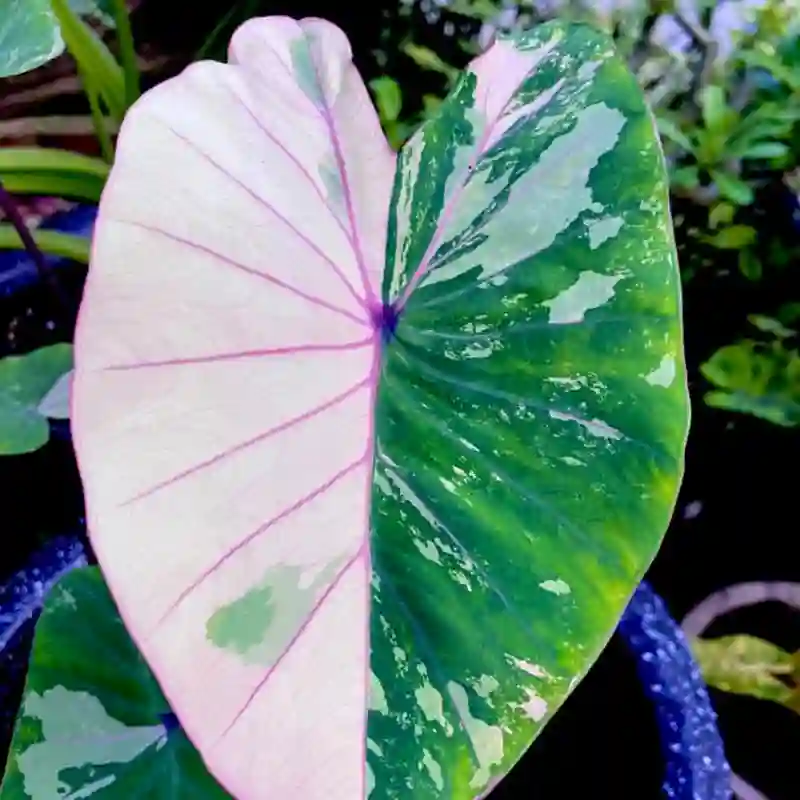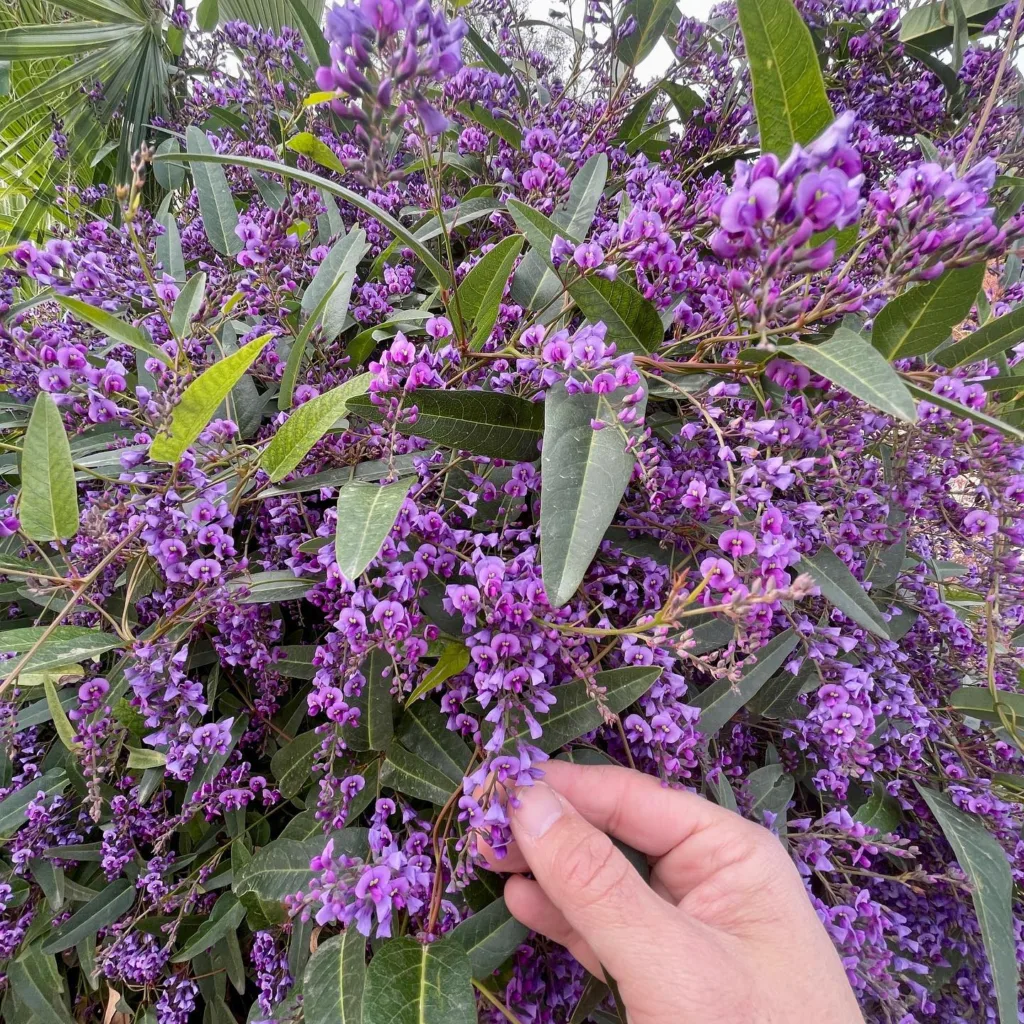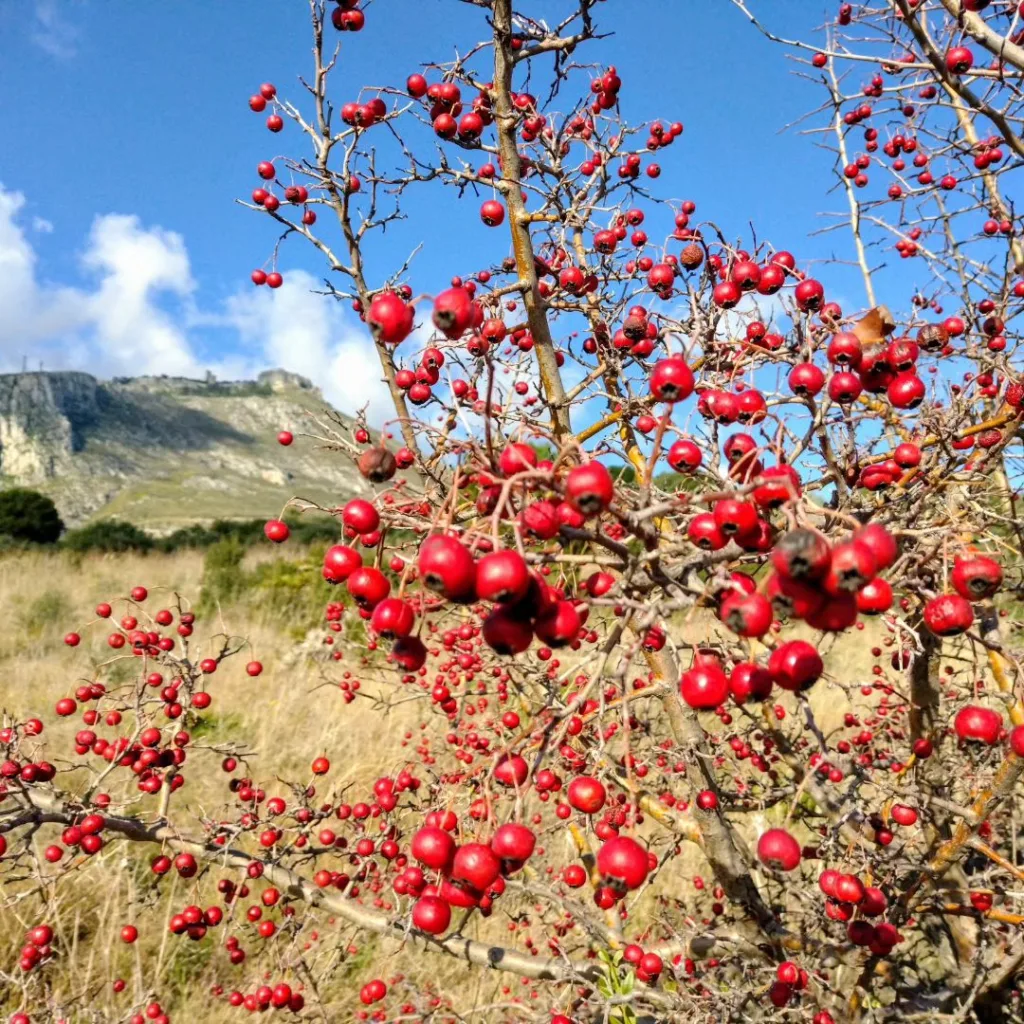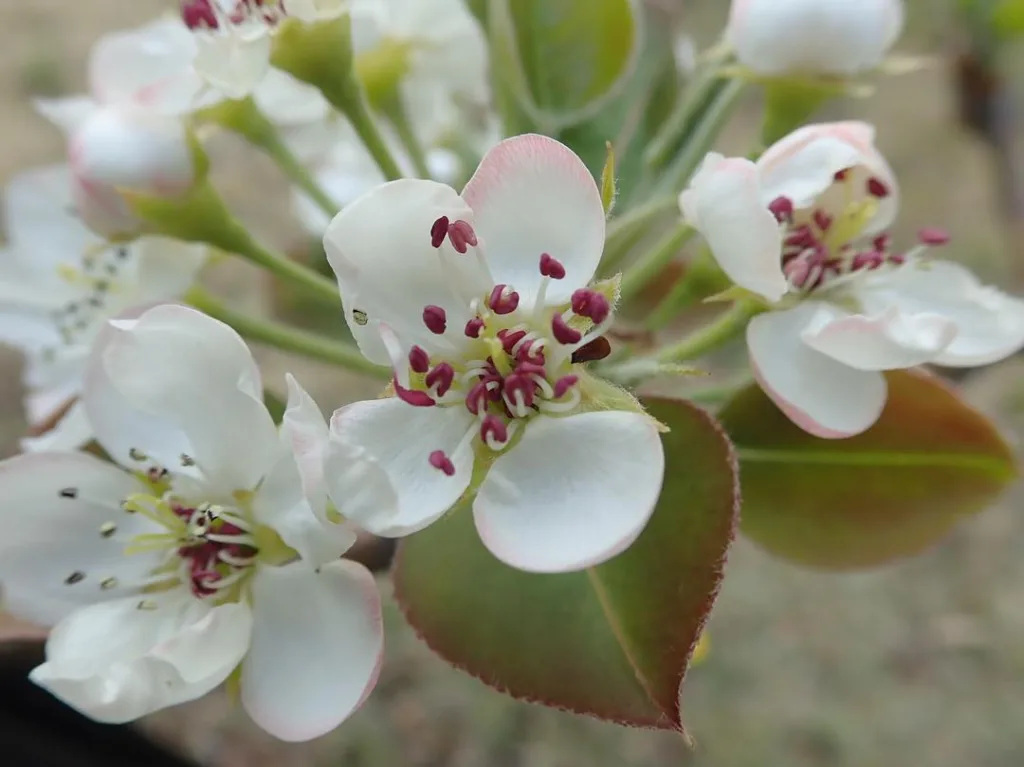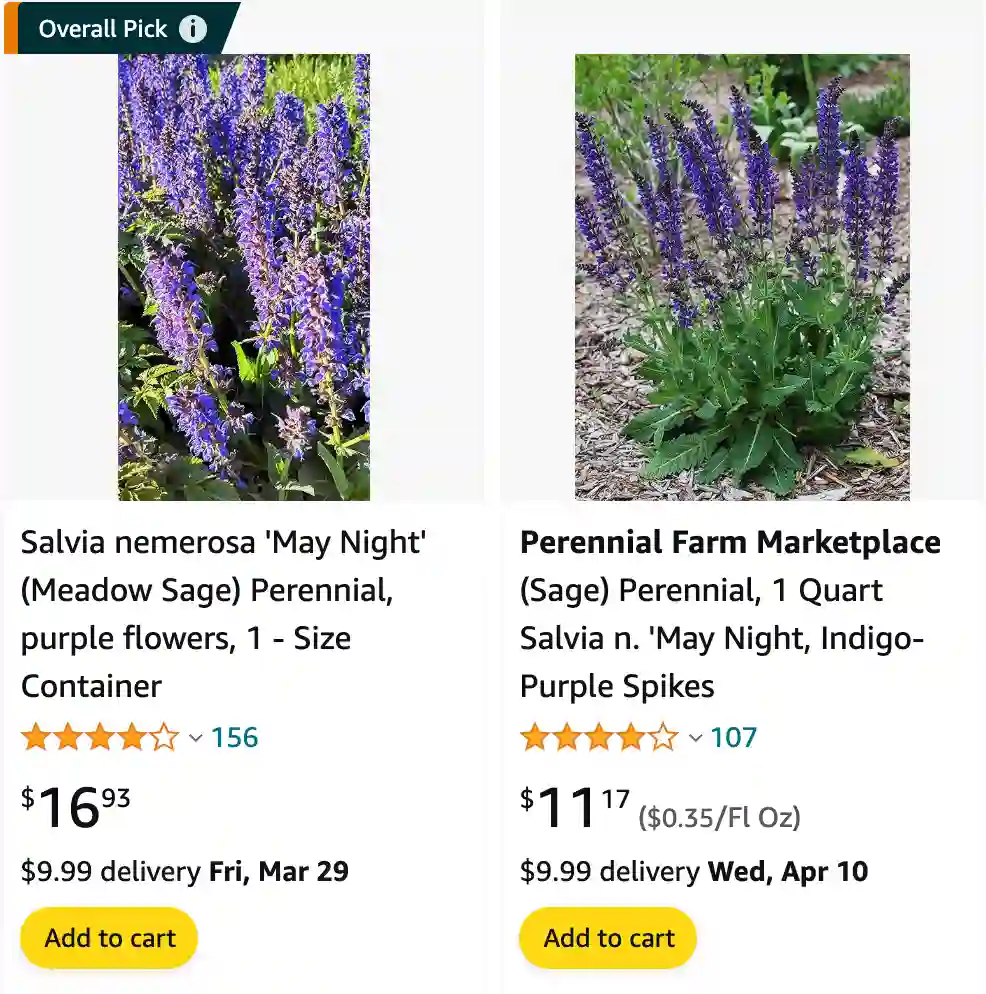
Salvia Marcus vs May Night
Comparing Salvia Marcus and May Night, I found Marcus’s compact growth perfect for small garden spaces, while May Night’s taller stature added height and drama to my flower beds.
May Night Salvia vs Lavender
Between May Night Salvia and Lavender, I loved how May Night’s vibrant purple spikes contrasted beautifully with Lavender’s softer, fragrant blooms in my garden.
1050 Species in Genus Salvia
Salvia April Night vs May Night
When it comes to Salvia April Night vs May Night, I preferred April Night for its earlier blooms, extending my garden’s flowering season.
Salvia Blue Hill vs May Night
Salvia Blue Hill vs May Night had me appreciating Blue Hill’s softer blue hues, which provided a serene contrast to the intense purple of May Night.
Salvia Caradonna vs May Night
Between Salvia Caradonna and May Night, Caradonna’s dark stems and striking blooms offered a unique, dramatic flair that I found captivating.
Salvia East Friesland vs May Night
Comparing Salvia East Friesland and May Night, East Friesland’s more compact growth and vibrant color made it a standout in my perennial border.
Can you smoke may night salvia?
While some people might mistakenly think about smoking plants like May Night Salvia, it’s not advisable. May Night Salvia isn’t intended for smoking, and doing so could potentially be harmful.
How to care for may night salvias?
As for caring for these beautiful perennials, I’ve found they thrive in well-drained soil and full sunlight, although they can tolerate partial shade. Regular watering, especially during dry spells, and occasional fertilizing help keep them healthy and blooming throughout the season.
How to deadhead may night salvias?
Deadheading May Night Salvias is a straightforward process that I usually perform to encourage continuous blooming. After the flowers begin to fade, I simply pinch or snip off the spent blooms just above a set of leaves. This not only keeps the plant looking tidy but also promotes the development of new flower buds.
How to plant may night salvias?
When planting May Night Salvias, I ensure they’re placed in well-drained soil with good airflow. After digging a hole slightly larger than the root ball, I place the plant in the hole, backfill with soil, and water thoroughly. Adding a layer of mulch around the base helps retain moisture and suppress weeds.
How to prune may night salvia?
Pruning May Night Salvia is important to maintain its shape and encourage bushier growth. I typically prune it in early spring before new growth begins, cutting back the old growth to about 6 inches above the ground. This helps rejuvenate the plant and promotes vigorous growth and abundant flowering.
Is may night salvia deer resistant?
Yes, May Night Salvia is often considered deer resistant, as deer tend to avoid plants with strong fragrances or fuzzy leaves, both of which May Night Salvia possesses. However, deer preferences can vary depending on factors like food availability and local population pressure, so it’s not guaranteed to be deer-proof.
When do may night salvias bloom?
May Night Salvias typically bloom from late spring to early summer, producing spikes of vibrant purple flowers that last for several weeks. They’re a reliable source of color in the garden and attract pollinators like bees and butterflies.
Does may night salvia spread?
May Night Salvia can spread moderately through rhizomes, gradually forming dense clumps over time. While it’s not overly aggressive, it’s a good idea to give it some space to spread and to divide the clumps every few years to keep the plant healthy and prevent overcrowding.
Is may night salvia a perennial?
Yes, May Night Salvia is a perennial plant, meaning it returns year after year. It’s a popular choice for gardeners looking to add long-lasting color and interest to their landscape without the need for replanting annually.
Is may night salvia poisonous to dogs?
May Night Salvia is considered toxic to dogs if ingested in large quantities. Symptoms of ingestion can include vomiting, diarrhea, and gastrointestinal discomfort. It’s essential to keep pets away from May Night Salvia and other potentially toxic plants in the garden to prevent accidental ingestion.
If i die, water my plants!
